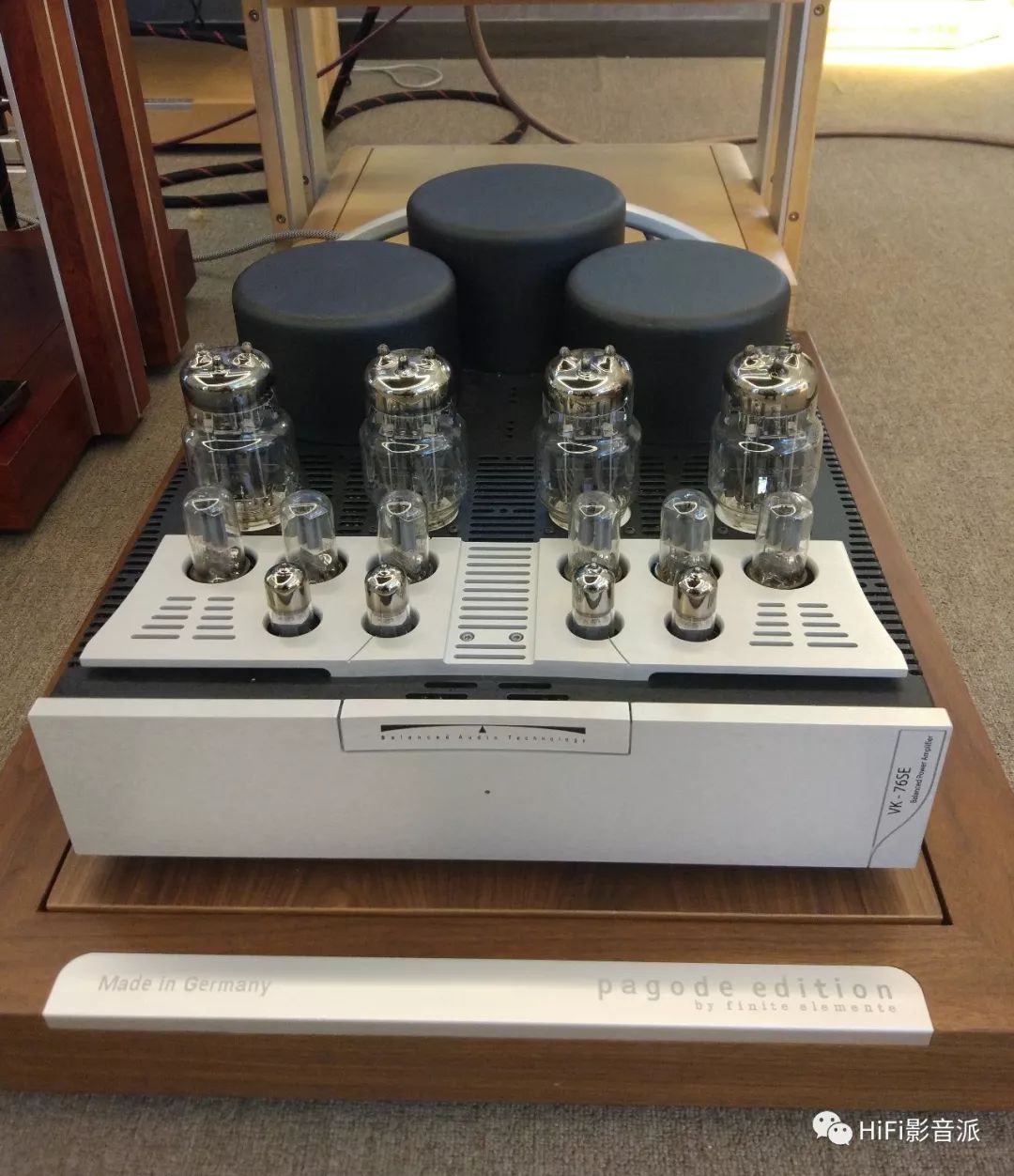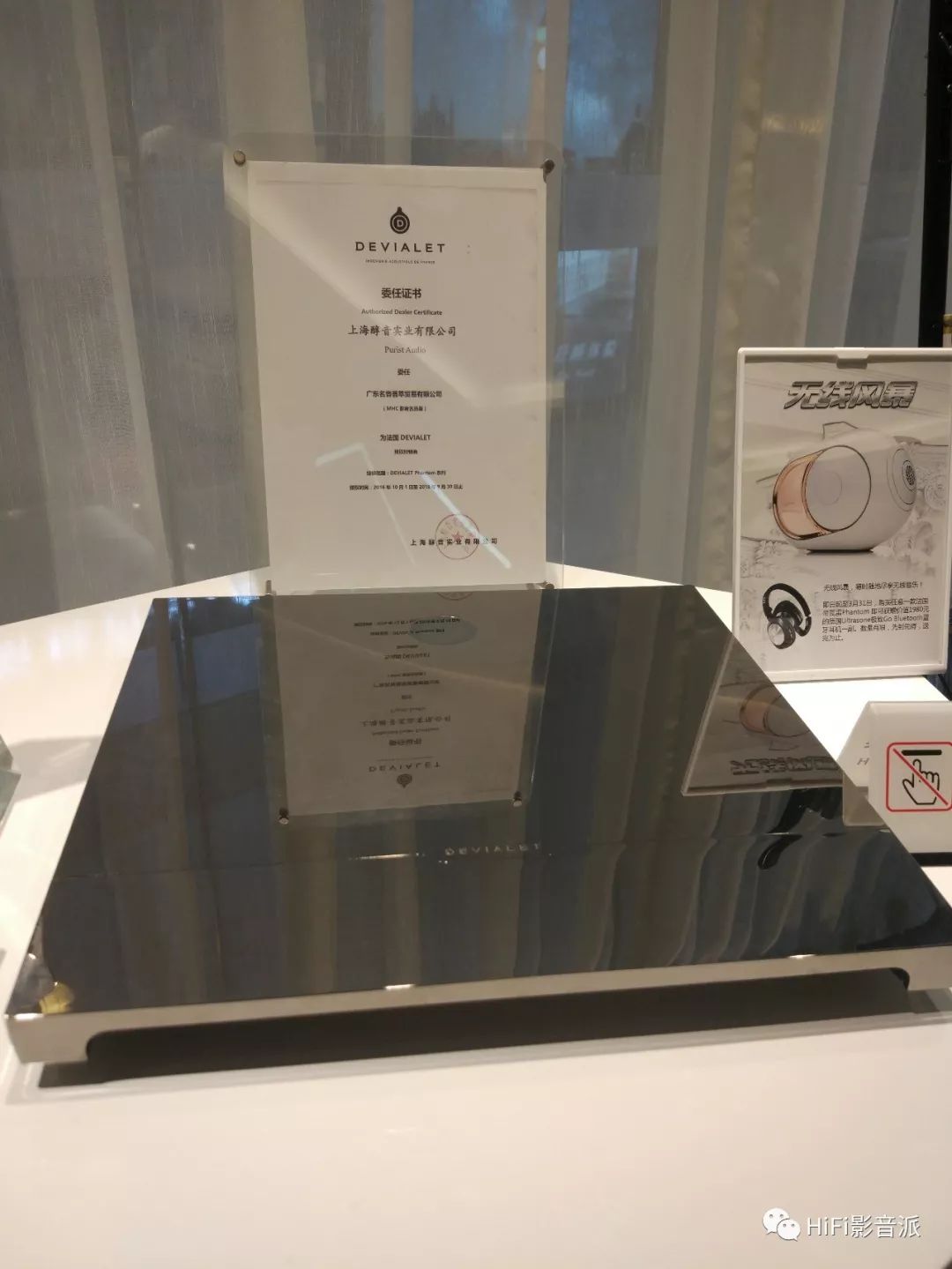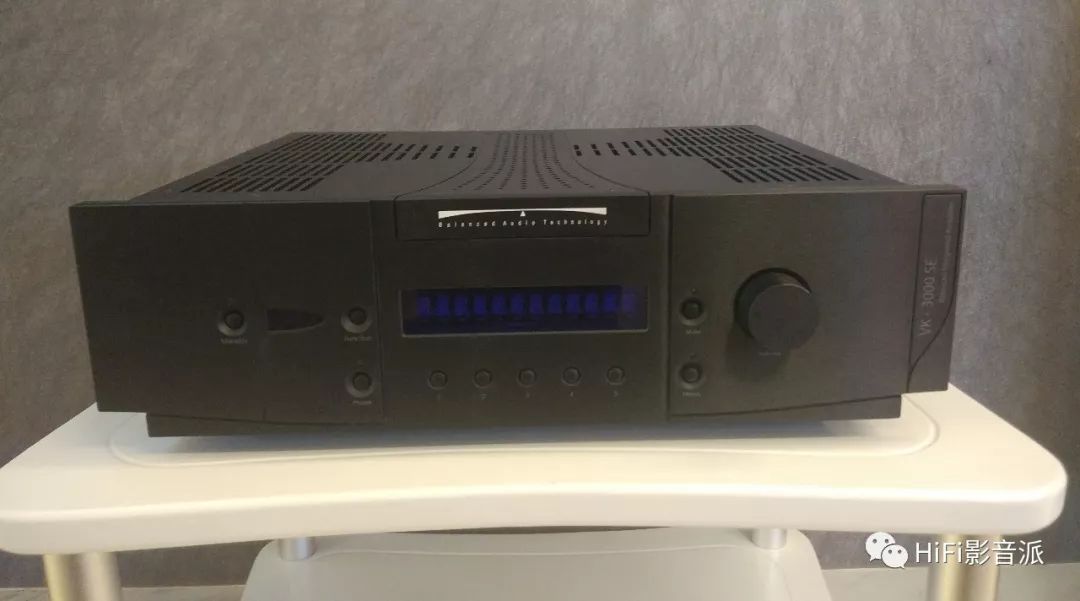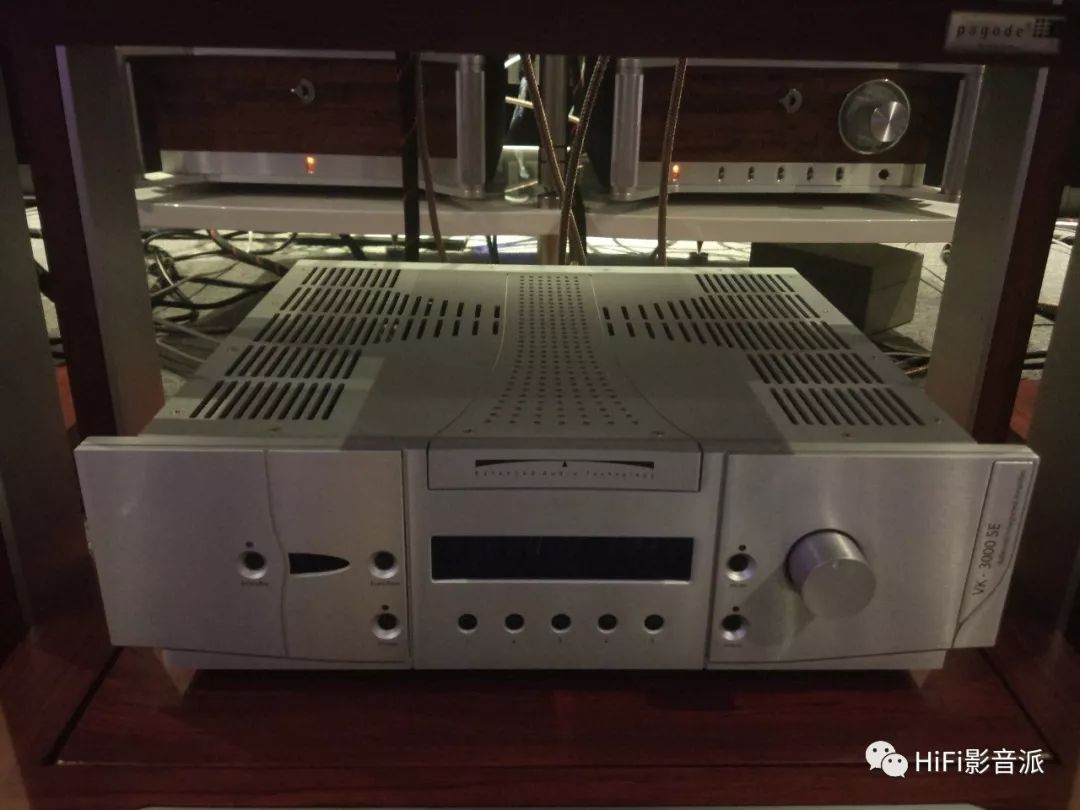
The working principle of the power amplifier is actually very simple. It is to amplify various sound signals played by the audio source so as to push the sound of the speakers. From a technical point of view, a power amplifier is like a current modulator. It converts AC power to DC power, and then is controlled by the audio signal from the audio source. Different currents are transmitted to the speakers according to different frequencies. The sound of the size, the corresponding frequency. Due to the consideration of power, impedance, distortion, dynamics, and different use ranges and control and adjustment functions, the signal processing, circuit design, and production process of different amplifiers are also different. According to the current demand for audio consumption, the amplifiers in civil audio have basically been classified into two categories: pure music amplifiers and home theater AV amplifiers.
Pure music amplifier
Pure music is designed to emphasize the lowest signal distortion, faithfully shows the scenes, details and performance of music, recording techniques to meet people's requirements for the best appreciation of music, which is what people often say HI-FI (hi- Fidelity, high fidelity). In design and production, the demand for pure music amplifiers is extremely strict. The quality of a pure music amplifier is not completely determined by its technical indicators. It cannot be simply seen how high the power it labels, how wide the frequency response is, and how low the distortion is, but it should pay special attention to its design production process and music interpretation power. For example, the amplifiers with less technical specifications are better than those with many transistor amplifiers.

AV power amplifier
In general, it includes the power amplifier section and the signal processing section. The power amplifier part of the principle is no different from the traditional power amplifier, but adds several channels, which is to combine several power amplifiers; its signal control processing part involves the signal audio, video selection, signal decoding processing, signal Sound field processing and radio, monitor and other functions.
Generally, a high-quality AV amplifier should first have better sound field reduction in the signal processing of TV programs. The channel isolation must be high, and the atmosphere rendering should not be too exaggerated; secondly, in terms of the sound quality of the amplifier, especially the main The sound quality of the vocal tract needs to be as close as possible to a good pure music amp.

Power amplifier classification
Amplifiers are generally divided into preamp amplifiers, post amplifiers, and integrated amplifiers.
Consolidation machine is the machine that combines the front stage and the rear stage. The former stage is used to initially enlarge the signal and adjust the volume; the latter stage is to amplify the signal from the previous stage to boost the speaker.
The pre-level is also divided into active and passive. The active front stage uses power to amplify the signal, while the passive front stage only has the effect of adjusting the volume. To be honest, there are not many successful passive preamps because the internal impedance of the audio source and the rear stage are very different. Only one volume switch connects the audio source to the rear stage. The difference in internal resistance will make the dynamic, detail, and frequency. Should be lost! In addition to adjusting the volume, the active front stage can also be used as a buffer for the initial part and the reduction of the internal resistance between the sound source and the rear stage.

Power amplifiers work
Class A power amplifier (also known as Class A power amplifier)
Two (or two) transistors in the output stage of a Class A amplifier are always in the conductive state, that is, they maintain the conduction current regardless of the signal input, and the two currents are equal to the peak value of the AC, and the AC signal is at the maximum signal. The situation flows into the load. When there is no signal, the two transistors flow the same amount of current, so there is no unbalanced current or voltage at the output center point, so no current is input to the speaker. When the signal goes positive, the output transistor above the line allows more current to flow in, and the lower output transistor reduces current relatively. As the current begins to unbalance, it flows into the speaker and pushes the speaker to sound.
Class A power amplifier is ideal for replaying music. It can provide very smooth sound quality, sound warm and mellow, transparent and open high, these advantages can compensate for its shortcomings. Class A power amplifiers generate a lot of heat. In order to effectively deal with heat dissipation, Class A power amplifiers must use large radiators. Because of its low efficiency, the power supply must be able to provide sufficient current. A 25W Class A power amplifier is capable of using at least 100 watts of Class AB power amplifiers. Therefore, the volume and weight of Class A machines are larger than those of Class AB, which increases the manufacturing costs and makes the price more expensive. In general, the price of a Class A amplifier is about twice that of an equivalent Class AB amplifier.
2, Class B amplifier (B class amplifier)
Class B amplifiers work in amplifying mode. When there is no signal input, the output transistor is not conductive, so it does not consume power. When there is a signal, each pair of output tubes magnifies half of the waveform, and each one opens and closes to work in rotation to complete a full-wave amplification. Crossover distortion occurs when the two output transistors rotate, thus forming a non-linearity. Pure Class B amplifiers are less, because the distortion is very severe when the signal is very low, so the crossover distortion makes the sound rough. Class B amplifiers have an average efficiency of about 75% and produce lower heat than Class A machines, allowing the use of smaller heat sinks.
3, AB class power amplifier
Compared with the first two types of power amplifiers, Class AB power amplifiers can be said to compromise on performance. Class AB amplifiers usually have two biases, and there is also a small amount of current through the output transistors when there is no signal. It uses the Type A operating mode during the signal hours to obtain the best linearity, and when the signal rises to a certain level, it automatically switches to the Type B operating mode to achieve higher efficiency. Ordinary 10-watt Class AB power amplifier works with Class A within about 5 Watts. Since the power needed to listen to music is only a few watts, Class AB power is used most of the time in Class A power amplifier mode, only in the presence of music. Transient sound is only converted to Class B. This design can obtain excellent sound quality and improve efficiency and reduce heat, which is a quite logical design. Some Class AB power amplifiers shift the bias current even higher, allowing them to work in Class A over a wider power range, making the sound closer to a pure Class A machine, but the heat generated is also relatively high.
4, Class D amplifier (type amplifier)
This design is also called a digital amplifier. When the transistor of the Class D amplifier is amplified, the transistor is directly connected to the power supply and the current flows but the transistor has no voltage, so no power is consumed. When the output transistor is turned off, all power supply voltages appear on the transistor, but there is no current, and therefore no power is consumed, so the theoretical efficiency is 100%. The advantage of the amplification of Class D amplifiers is that the efficiency is the highest, the power supply can be reduced, and almost no heat is generated. Therefore, no large radiator is required, and the volume and weight of the airframe are significantly reduced. In theory, the distortion is low and the linearity is good. However, this kind of amplifier work is complex, and the added lines themselves are inevitably biased. Therefore, there are few genuinely successful products and the price is not cheap.
Some Class D amplifiers have good sound quality, but they are only used in car audio. Some interested DIY experts have converted them to home audio.
Although many British-made integrated amplifiers do not have a lot of power, they have a very abundant power supply that can achieve excellent sound with a simple signal path. In addition to the volume, balance, source selection, and power supply, all other control panels are removed from the front panel of some products to minimize the signal path. In pursuit of pure sound, he does not hesitate to sacrifice control functions.

With Volvo Engine Diesel Generator
With Volvo Engine Diesel Generator,Volvo Diesel Generator,Volvo Generator,Volvo Power Generator
Shanghai Kosta Electric Co., Ltd. , https://www.ksdpower.com